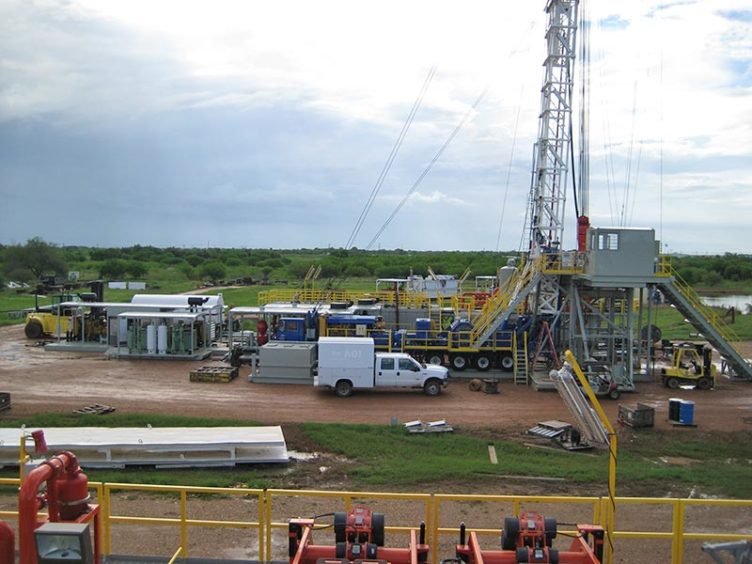
Reconnaissance Energy Africa has come under fire in the Southern African press over its plans for drilling in Namibia, close to the border with Botswana.
The Canadian-listed company said in late August that it expected to spud its first well in early December. Travel restrictions imposed as a result of COVID-19 had disrupted plans somewhat.
Allegations have surfaced in the South African press that ReconAfrica lacks the required documentation for work. There are also claims that the company plans to carry out hydraulic fracturing.
Initially, at least, the company does not plan to carry out fracking in the area.
An op-ed in South Africa’s Daily Maverick cited the head of the Namibian Chamber of Environment Chris Brown as saying there did not appear to have been a public consultation.
ReconAfrica received a drilling permit from the Office of the Environmental Commissioner, part of the Namibian Ministry of Environment and Tourism, in October 2019. The government has issued an EIA.
Namibian Minister of Mines and Energy Tom Alweendo denied this week that there were problems with the consultation process. The minister told The Namibian newspaper that the op-ed had been written to “cast doubt on how the government manages environmental issues”.
Drill plans
ReconAfrica bought a 1,000 HP rig in the US and it should be shipped from Texas in October. The first well, 6-2, is in Block 1819. This is in the Mashare constituency, of the Kavango East region, within the Sambyu authority. The second well is 5-6, in the Ncamangoro constituency.
A map in the company’s environmental management plan (EMP) puts the first well close to the Omatako ephemeral river. This is a waterway that flows only at certain times of the year. ReconAfrica does not plan to drill the two wells within national parks or community forest areas.
The company plans to drill the wells to a total depth of about 2,500 metres, the EMP said. The aim is to study “the potential for both large scale conventional and non-conventional play types within the Kavango Basin”.
Access can be challenging in the rainy season, the EMP warned. This runs from December to March and can make roads “extremely slippery”.
Feeling the strain
A University of Cape Town academic Annette Hübschle said the drilling area was within the Kavango-Zambezi Transfrontier Conservation Area, the KAZA TFCA. “Fracking is one of the most destructive forms of resource extraction coming to northern Namibia soon if not stopped,” she said on Twitter.
“Although there is an EIA in place, affected communities have not been consulted properly – there were two meetings in two major towns last year – in the two regions for which the exploration license has been granted,” Hübschle told Energy Voice.
“A major concern is that there is a disconnect between the EIA and the marketing material of the company: The EIA speaks to exploration-level intentions of drilling a few test sites whereas the marketing material suggest that approvals are in place to proceed with conventional and unconventional (fracking) extraction of petroleum.”
The UCT academic went on to express concerns about water needs, should ReconAfrica begin fracking.
